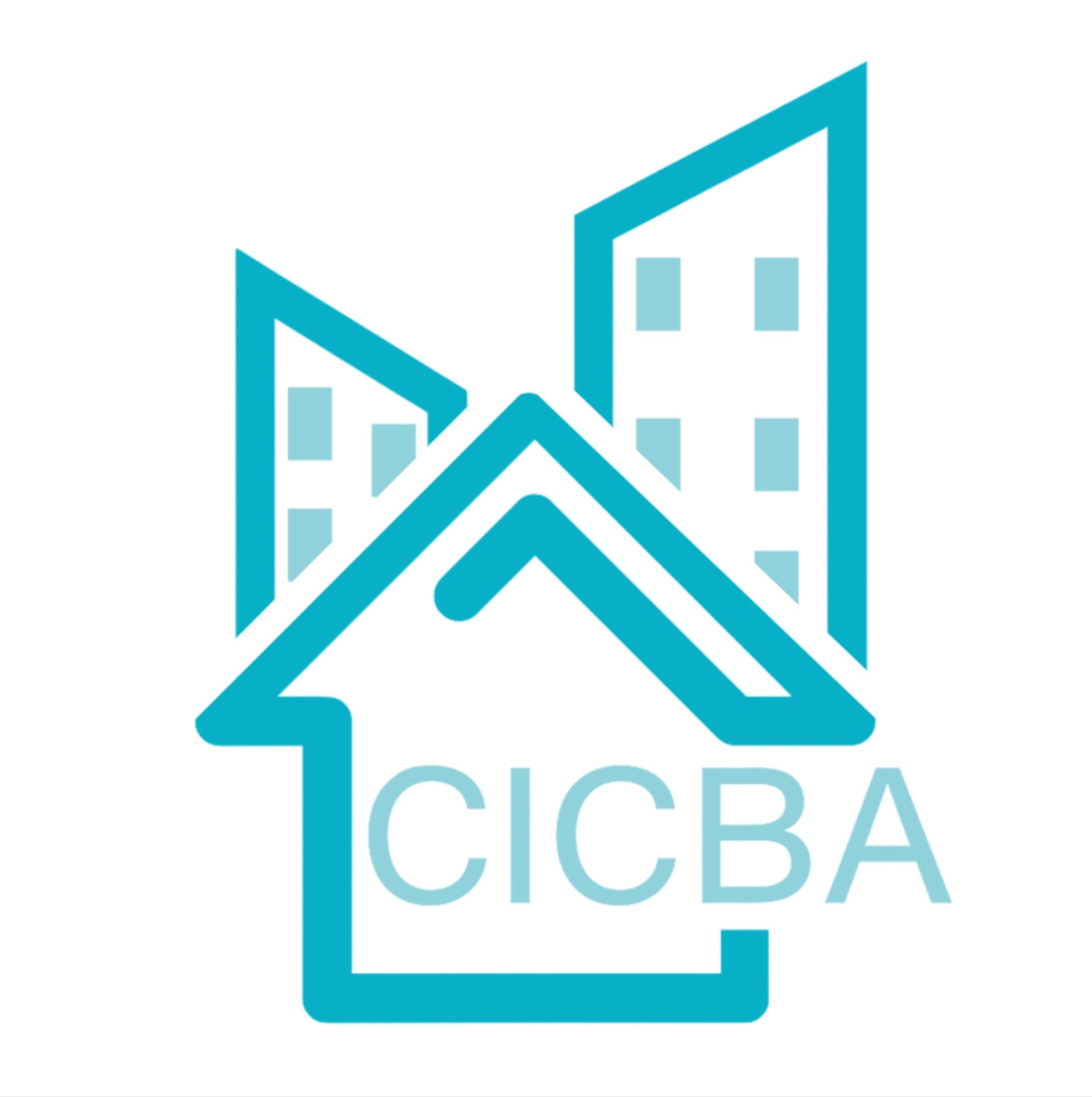Jun 1, 2025
Summer construction is a phrase everyone knows and… loves? Calgary traffic is rerouted, and a commute once delayed by snow is now at a standstill because of summer construction. Most of those builds are to improve our infrastructure, but residential renovations are not exempt from the summer construction phenomenon. There’s good reason for that, but we’re going to talk about some pros and cons of designing and renovating in every season.
Calgary’s cold weather matters less for kitchens, bathrooms, or basements than it does for roofs, windows, siding, and driveways. There’s no reason that you can’t design in summer, renovate in winter, design in spring and renovate in fall, or design in winter and renovate in summer. Trade availability for exteriors is limited during spring and summer, but interior trade availability is fairly consistent year-round.
Better Decisions – Do the design when you can spend time deliberating. Spreading design over 6 to 12 weeks means less pressure on decisions and fewer renovation regrets. Time allows you to change the scope if you need to or make an alternate finish selection.
Balanced Cash Flow – When does it make sense to invest financially? Are there better times of the year for you? Both design and construction management have costs attached.
Trade Quality – Good trades are typically busy year-round. Waiting for their availability at the right time in the construction schedule is worthwhile.
Life Alignment – Construction is disruptive. Schedule construction when you’re already away for work, school break, or sun-seeking. This is especially important if you’re doing a kitchen or bathroom renovation.
Why don’t more people design in summer?
Calgary’s warm season is SHORT and unpredictable. Most people don’t want to be cooped up in a design studio or running around supply stores if it means missing those sunny skies. Designing in winter/ spring and having construction in summer/ fall makes sense for families with children in school. The kids are on summer vacation, and it’s the perfect opportunity to relax at the cabin or take an extended family trip during construction.
Why designing in summer might work for you.
If you’re a snowbird or your business requires you to be nearby in summer, it might make sense to design in summer with construction falling in the fall/ winter.
Long summer nights allow you to linger over samples. Summer entertaining reminds you where bottlenecks hide, potential for water damage from soaker fights, mudrooms that swallow shoes, pantries that can’t keep up with snack attacks.
Summer offers a unique opportunity to spot your home’s pain points and bring them to your designer while the problems are fresh.
Summer feels free. Maybe it’s that warm breeze? Fall is structured. Classes resume, activities begin, and everyone gets a bit more organized in their thinking. Planning feels natural during this time.
If you start planning in fall, you can expect construction to begin in winter/ spring before the summer construction craze, and you can enjoy your home the following summer.
Winter is a great time for planning, too. You might be noticing a theme. Planning is great all year! But the holidays have a way of bringing to light all the things that bother you about kitchens, bathrooms and seating. It shines a bright spotlight that clarifies the changes you’d like to see in your home. You can ask your family and friends what they would do in your space. Sit with those ideas for a while. Feel what rings true. Bring the ideas that resonate with you to your designer for their input.
If you plan or design in winter, you’ll begin construction in spring or summer. This is the ideal schedule that most families. It’s the best for exterior work, but it makes little difference for interior renovations.
Walk with Purpose & Count Your Steps
Pay attention to your steps. Do you have to twist and turn to avoid pinch points?
Start at the back door, end at the front. Note every stumble point.
How many movements does it take to unload groceries or switch laundry?
Are there any points where something is awkward or frustrating?
Track Mood Shifts:
Does a room calm you or make you feel tight in your chest?
Pay attention to your breathing and general affect when you’re in each room in your home.
Use a critical eye to examine how your body and mind respond to your surroundings.
Ask All Members of the Family & Guests
Do the kids have a hard time reaching a certain shelf?
How often are family activities delayed due to the home’s functionality?
Where do people gather during entertaining? Is it where you’d like them to be? Design can tell guests how to use a space. If it’s unclear or uncomfortable, you’ll notice odd usage of the space.
Take Photos
Are there places where clutter appears? That’s a sign of something that isn’t working.
Are there known pinch points? Places where you often bump into family members?
Use these notes to shape your wish list before meeting any designer and/ or renovator.
The real “season” is the one that matches your life’s rhythm. Don’t be rushed into a plan that doesn’t fit your schedule. Your renovation should support the way you live and be as minimally disruptive as possible.
When you’re ready to stop bumping elbows in the kitchen or tiptoeing around ancient tile, pick the month that makes sense and start the conversation early. The calendar is more flexible than you think.








